Nicknamed “The Picasso of Pastry” by Vogue magazine, Pierre Hermé (51), whose delicate cakes, chocolates and macaroons are often compared to works of art, has today become the most revered chef pâtissier in France. The heir to four generations of Alsatian bakery tradition, he started his career at the age of 14 as apprentice to legendary pastry master Gaston Lenôtre, before opening his first eponymous shop in 1996, followed by 13 other stand alone boutiques, including one in Belgravia. Combining flavours just as a master perfumer combines fragrances, his bold approach to macaroons -white truffle & hazelnut and chocolate & foie gras amongst others- has inspired a new legion of fans around the world (and a special mention in the American series Gossip Girls), and made the traditional biscuits trendy again. Here, he talks to Chic-Londres about the art of macaroons.
When did the macaroons first appear in the culinary scene? The macaroon as we know it today -two biscuits joined together with buttercream- was invented by the confectioner Camille Studer, who brought the recipe from his native Luxemburg to the Confiserie Sprungli in Zürich at the end of the 1950s, where they’ve since been sold under the name Luxemburgerli. Parisian pastry chefs such as Lenôtre took inspiration from this recipe to create their own modern macaroons, made with traditional flavours such as chocolate, vanilla, coffee and raspberries, with just a little bit of cream in between the biscuits. A
In a scale of 1 to 10, how difficult is it to make the perfect macaroon? I would say it’s a 6, as making macaroons is not overly tricky, but it can be quite difficult to get perfectly formed ones, as they require a specific gesture that one must acquire through experience. If you make some macaroons, it’s also very important to remember that they mustn’t be eaten straight away, but put in the fridge for at least 24 hours -ideally 48- before being served: it’s during that time that the biscuits and the cream melt together, which gives the macaroon its soft texture.
What inspires you when you create a new macaroon? It can be a place, a person, a scent or an event, as my sources of inspiration are very diverse… I recently created a recipe for a party where funds were being raised to build a school in Vietnam, and made a macaroon inspired by this country’s flavours, with coconut, lime, ginger and fresh coriander. Generally speaking, I’m quite inspired by savoury ingredients, but always give them a sweet flavour. So if I use foie gras for example, I’ll balance the savoury flavour with sugary ingredients such as fig or chocolate.
Why have macaroons become so popular? There has been a lot of interest created around the macaroon thanks to the recent introduction of new flavours and textures, which explains in part its surge in popularity over the last four to five years. It’s an interesting product, because it’s considered as a staple of traditional French pastry making, yet it can be interpreted in a very creative way. People like macaroons because they are small and pretty, very flavoursome, and because they make for a perfect party gift.
Les Jardins 2013 will be available from 7 January 2013 at www.pierreherme.com, 13 Lowndes Street (SW1) and Selfridges (W1).
Photos below: a selection of Les Jardins 2013 macaroons, the Jardins Display at the press view and the Master with Chic-Londres’ little assistant

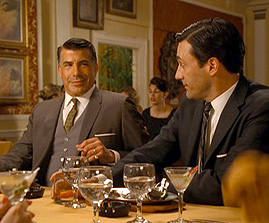


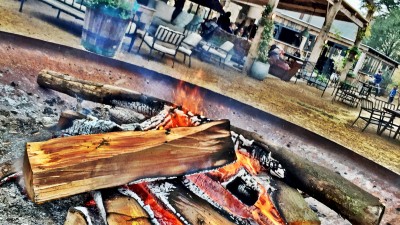
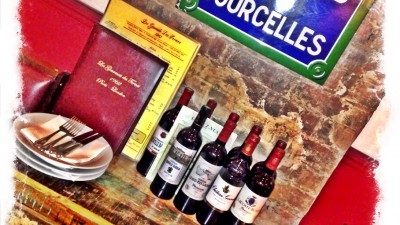
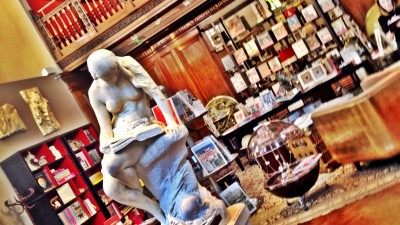
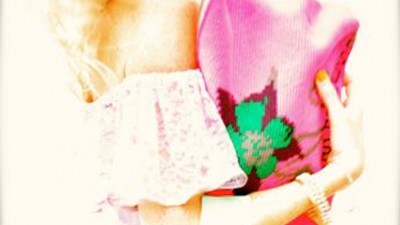


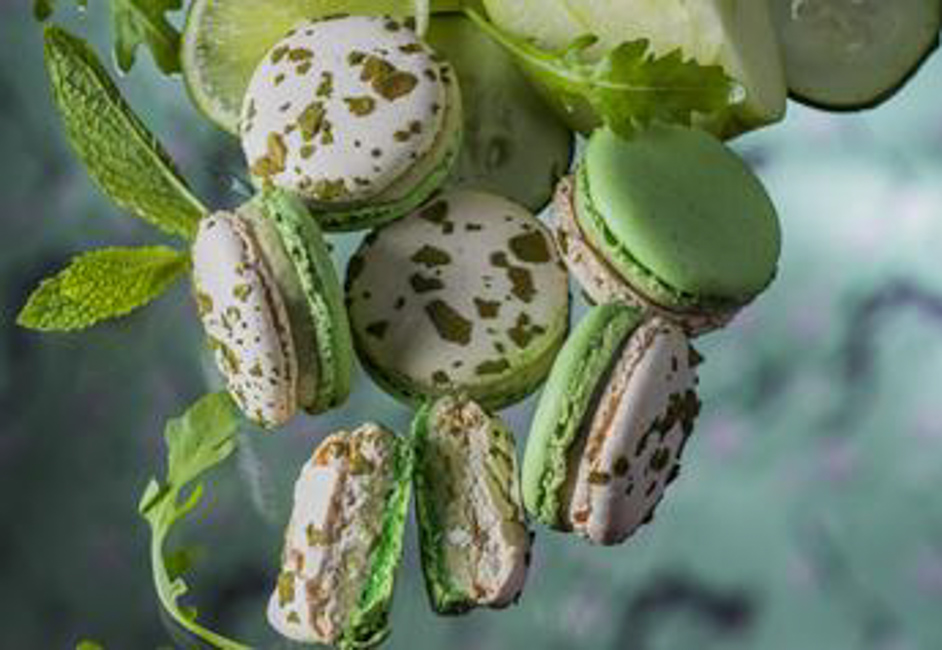



Comments